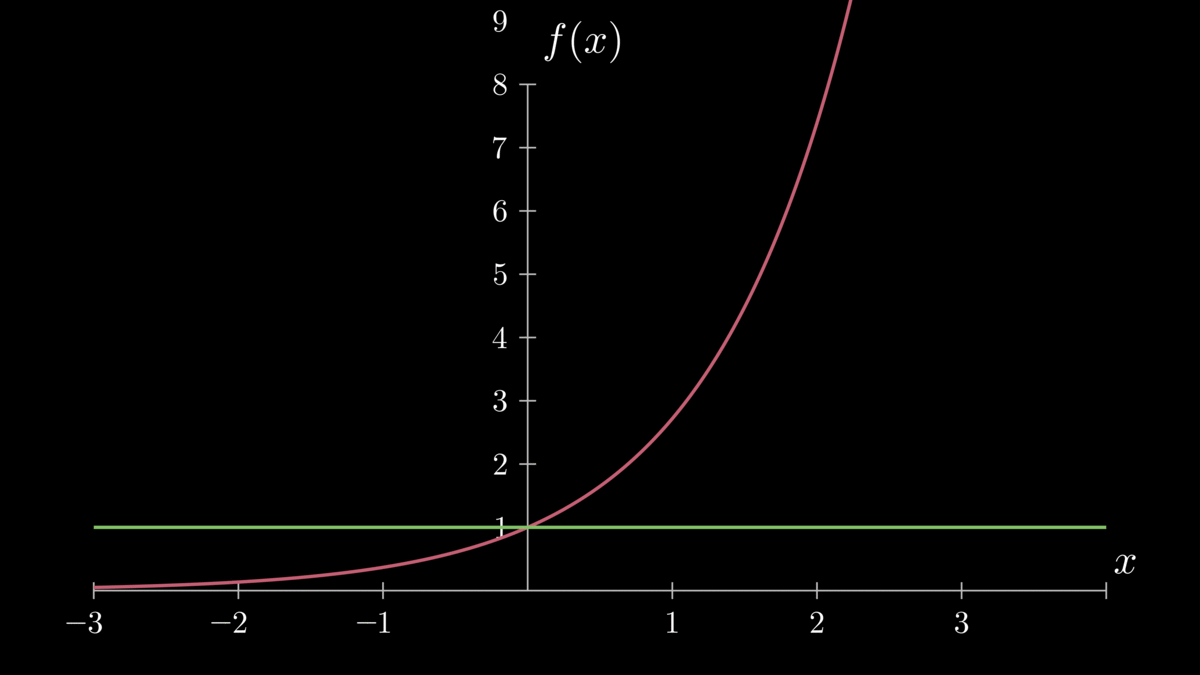I've been studying in Khan academy: AP®︎/College Calculus AB and then also AP®︎/College Calculus BC.
Up until the sub-unit I'm in right now, which is: Finding Taylor polynomial approximations of functions, which is inside Unit 10: Infinite sequences and series, I've felt that everything taught to me all the way back to the beginning, which for me, took many months of studying, all material was taught from a fundamental perspective. There was nothing that was just laid out as facts to memorize, without explaining the full process that motivationally build up to a mathematical concept.
Suddenly i watch the Taylor series first videos and i think that I've unintentionally skipped several videos before it, but presumably no.
Yes, i feel that i understood all the material in Unit 10: Infinite sequences and series, up to that point, but no, i'm far from fully understanding what is thrown at me here.
What is this? Why do this expansion? How this has developed into this polynomial structure? What are the most basic examples that brought this concept into development? When is this helpful?
Even when going into a Google and YouTube and Open AI to search, i couldn't find an explanation that felt to me is a ground up explanation.
The only explanation i could find, which also seems to be only partially intuitive and partially ground up is:

 medium.com
medium.com
Taylor series helps when trying to solve more complex functions? Like which functions? Like Sin or Exponent functions? Then why is it that the polynomial that approximates these functions, is built from the exact same functions that make the complexity problem in the first place? In which way are these functions complex to solve? In what way do they present a complexity problem that raises or raised the need to develop the Taylor polynomial structure? Why is the saying that this is the way computers calculate some functions come into context?
And how was that polynomial structure discovered and developed in the first place? Why does this polynomial structure approximate other functions? How was the mechanics of this structure developed? What's the whole thing with the factorial and why does the word normalization come into context?
How come i go through a course for many months and everything seems more or less explained to me at an intuitive level and then suddenly at once, there is such a gap in the level and depth of explanation?
Have i reached some transparent mysterious gate in the studies of mathematics, where only people with higher IQ than me are allowed to continue through?
Up until the sub-unit I'm in right now, which is: Finding Taylor polynomial approximations of functions, which is inside Unit 10: Infinite sequences and series, I've felt that everything taught to me all the way back to the beginning, which for me, took many months of studying, all material was taught from a fundamental perspective. There was nothing that was just laid out as facts to memorize, without explaining the full process that motivationally build up to a mathematical concept.
Suddenly i watch the Taylor series first videos and i think that I've unintentionally skipped several videos before it, but presumably no.
Yes, i feel that i understood all the material in Unit 10: Infinite sequences and series, up to that point, but no, i'm far from fully understanding what is thrown at me here.
What is this? Why do this expansion? How this has developed into this polynomial structure? What are the most basic examples that brought this concept into development? When is this helpful?
Even when going into a Google and YouTube and Open AI to search, i couldn't find an explanation that felt to me is a ground up explanation.
The only explanation i could find, which also seems to be only partially intuitive and partially ground up is:

Taylor series- for dummies, by a dummy
What is Taylor series? Why is approximation important?
 medium.com
medium.com
Taylor series helps when trying to solve more complex functions? Like which functions? Like Sin or Exponent functions? Then why is it that the polynomial that approximates these functions, is built from the exact same functions that make the complexity problem in the first place? In which way are these functions complex to solve? In what way do they present a complexity problem that raises or raised the need to develop the Taylor polynomial structure? Why is the saying that this is the way computers calculate some functions come into context?
And how was that polynomial structure discovered and developed in the first place? Why does this polynomial structure approximate other functions? How was the mechanics of this structure developed? What's the whole thing with the factorial and why does the word normalization come into context?
How come i go through a course for many months and everything seems more or less explained to me at an intuitive level and then suddenly at once, there is such a gap in the level and depth of explanation?
Have i reached some transparent mysterious gate in the studies of mathematics, where only people with higher IQ than me are allowed to continue through?
Last edited:

